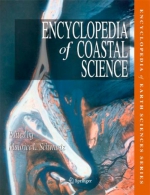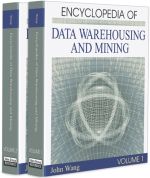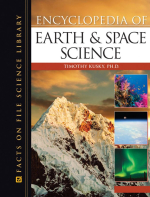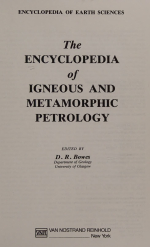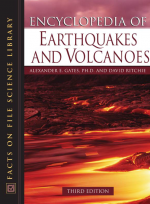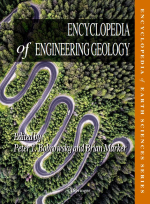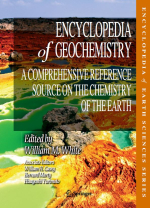Добрый день, Коллеги. Важное сообщение, просьба принять участие. Музей Ферсмана ищет помощь для реставрационных работ в помещении. Подробности по ссылке
- « первая
- ‹ предыдущая
- …
- 96
- 97
- 98
- 99
- 100
- 101
- 102
- 103
- 104
- …
- следующая ›
- последняя »
- « первая
- ‹ предыдущая
- …
- 96
- 97
- 98
- 99
- 100
- 101
- 102
- 103
- 104
- …
- следующая ›
- последняя »



